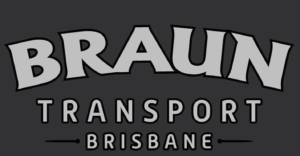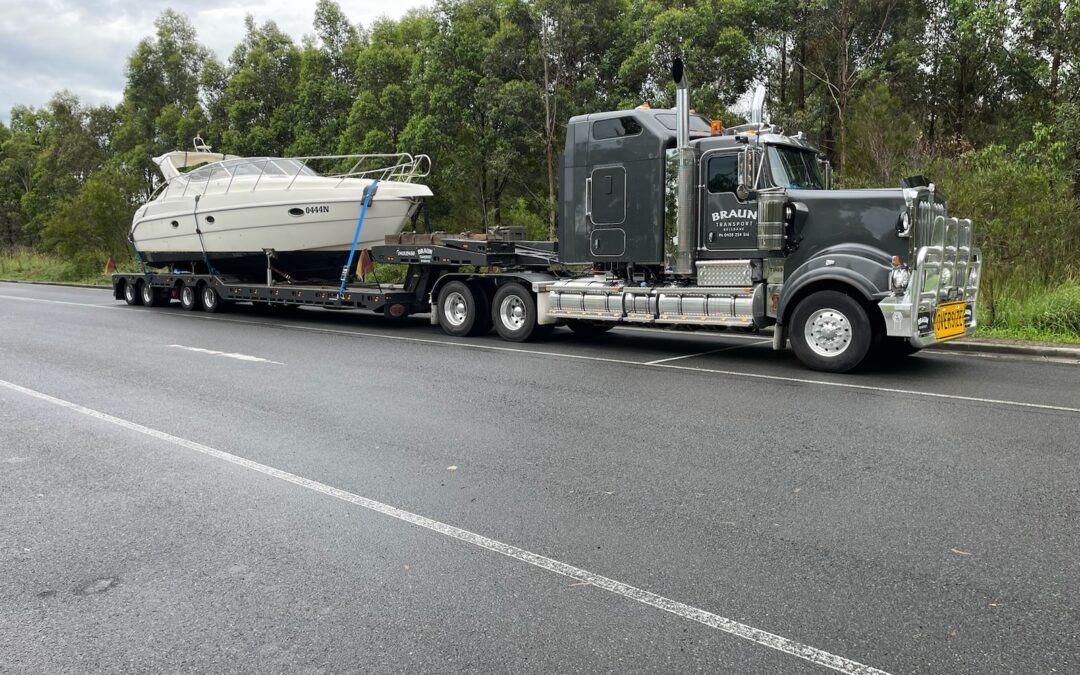Transporting heavy machinery is a complex and challenging task that requires meticulous planning and execution. From ensuring safety to managing costs, there are several obstacles that transport companies must overcome. Here are seven common challenges faced during machinery transport and practical solutions to address them.
1. Safety Concerns
Challenge: Ensuring the safety of both the machinery and personnel during transport is paramount. Heavy machinery can pose significant risks if not handled correctly, including accidents, injuries, and damage to the equipment.
Solution: Implement strict safety protocols and provide comprehensive training for all personnel involved in the transport process. Utilise appropriate safety gear and equipment, such as heavy-duty straps, protective coverings, and secure tie-downs. Regularly inspect and maintain transport vehicles to ensure they are in optimal condition.
2. Permits and Regulations
Challenge: Navigating the complex web of permits and regulations can be daunting. Different states and territories may have varying requirements for transporting heavy machinery, including weight limits, escort vehicles, and route restrictions.
Solution: Stay informed about local regulations and obtain all necessary permits well in advance. Engage with regulatory bodies to understand specific requirements and compliance procedures. Consider working with a logistics expert who is familiar with the regulatory landscape to streamline the process.
3. Route Planning
Challenge: Identifying the best route for transporting machinery is crucial to avoid obstacles such as low bridges, narrow roads, and weight-restricted areas. Poor route planning can lead to delays, additional costs, and potential damage to the equipment.
Solution: Conduct thorough route surveys and use advanced mapping tools to identify the safest and most efficient paths. Factor in potential hazards and plan for alternative routes in case of unexpected road closures or traffic issues. Collaborate with local authorities to ensure a smooth passage.
4. Weather Conditions
Challenge: Adverse weather conditions, such as heavy rain, strong winds, and extreme temperatures, can significantly impact machinery transport. Weather-related delays and risks can disrupt schedules and increase the likelihood of accidents.
Solution: Monitor weather forecasts closely and be prepared to adjust plans accordingly. Have contingency plans in place for weather-related disruptions, including flexible scheduling and alternative routes. Ensure machinery is properly covered and secured to withstand harsh weather conditions.
5. Load Securing
Challenge: Ensuring that heavy machinery is securely loaded and stabilised is critical to prevent shifting or falling during transit. Improperly secured loads can lead to accidents, equipment damage, and road hazards.
Solution: Use appropriate securing methods and equipment, such as chains, straps, and anchors, to stabilise the load. Follow industry best practices for load distribution and weight balancing. Conduct regular inspections during transit to ensure the load remains secure.
6. Communication and Coordination
Challenge: Effective communication and coordination among all parties involved in the transport process are essential to avoid misunderstandings, delays, and errors. Poor communication can lead to operational inefficiencies and increased risks.
Solution: Establish clear communication channels and protocols for all stakeholders, including drivers, loaders, supervisors, and clients. Use technology, such as GPS tracking and communication apps, to provide real-time updates and facilitate coordination. Hold regular briefings and debriefings to ensure everyone is on the same page.
7. Cost Management
Challenge: Managing the costs associated with machinery transport, including fuel, labour, permits, and maintenance, can be challenging. Unexpected expenses and budget overruns can impact profitability.
Solution: Develop a detailed budget that accounts for all potential costs and include contingency funds for unexpected expenses. Use cost-effective transport methods and negotiate favourable rates with suppliers and service providers. Regularly review and optimise operational processes to identify areas for cost savings.

Transporting heavy machinery is no small feat, but with careful planning and execution, the challenges can be effectively managed. By prioritising safety, adhering to regulations, planning efficient routes, monitoring weather conditions, securing loads, maintaining clear communication, and managing costs, machinery transport companies can ensure successful and hassle-free operations. Implementing these best practices will not only mitigate risks but also enhance the overall efficiency and reliability of machinery transport services.
Phone : 0428 254 516
Email : brauntransport@outlook.com

